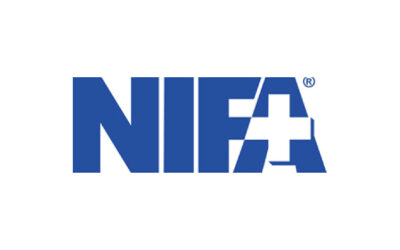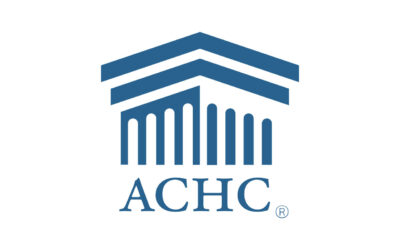AAAHC (Accreditation Association for Ambulatory Health Care) announced it has rewritten its Standards in advance of the 2018 Accreditation Handbook for Ambulatory Health Care publication release. AAAHC reformatted its existing standards to better demonstrate its intended meaning and simplify the self-assessment and survey processes. The revised standards will be implemented during surveys that begin on or after March 1, 2018.
The AAAHC standards were redrafted to include “elements of compliance” reflecting discrete decision points that serve as indicators of what surveyors look for to determine compliance. Surveyors use these elements to assess how fully an organization meets the intent of each standard. The rewritten standards are more succinct and concise, presenting clear points that must be met by accredited organizations not participating in the Medicare Deemed Status program. The Standards for ambulatory surgery centers participating in Medicare deemed status will not change in 2018.
“The goal of the standards rewrite is to make survey decisions and accompanying ratings more clear and transparent, improve understanding of the standards, and simplify compliance for organizations,” said Frank Chapman, chair of the AAAHC Standards and Survey Procedures Committee (SSPC). “We implemented the revised ratings process with our health plan surveys several years ago and have received a very positive response. We will now offer them to our ambulatory organizations to further improve their survey experience.”
Revised for More Clarity
The rewritten 2018 version of the handbook includes few entirely new or different standards, but rather presents the expectations for demonstrating compliance in a more user-friendly format.
Current standards are broad-based statements that embody many elements of compliance that determine the final ratings. To reduce ambiguity in the evaluation process, the ratings options were revised to include a chart defining what “fully”, “substantially”, “partially”, “minimally”, and “non-” compliant mean relative to the number of elements of compliance associated with each standard.
For example, Chapter 1, Patient Rights and Responsibilities, intends to emphasize patient-centeredness as essential to an accreditable organization. For 2017, the first standard reads:
1.A Patients are treated with respect, consideration, and dignity.
The proceeding standards 1.B-E pertain to personal privacy, effective communication, patient engagement and empowerment. For 2018 standards, 1.A has not changed, but standards 1.B, C, D, and E will become the elements of compliance that more effectively describe the intended meaning of “respect, consideration, and dignity.”
Similarly, standards that previously included more than one decision point have been edited to separate each of these into a distinct element. For example, 2017 standard 2.II.B.4 regarding confirmation of a provider applicant’s credentials using primary or secondary source verification, has been reduced from a lengthy paragraph to a more concise:
Upon receipt of a completed and signed initial application, primary or secondary source verification of credentials is conducted in accordance with the organization’s written procedures for credentialing.
And the corresponding elements of compliance are clear:
1. Written procedures are present.
2. Credentials are verified using primary and/or secondary sources.
The number of “yes” responses to each element of compliance for each standard is counted and applied to a rating chart ranging from “fully compliant” to “non-compliant.” Organizations can use this chart to better understand the standards and develop action plans for quality improvement based on their survey results and self-assessments.
“It is important to AAAHC that organizations participating in the survey process receive input regarding the specific issues and processes included in each item of the assessment tool which can enhance the level of patient care provided by the organization,” said David Shapiro, MD, past chair, SSPC. “AAAHC works with health care organizations when surveying them for accreditation as a means to identify areas and processes for improvement, and we wanted our standards to reflect our collegial approach to this process.”
The 2018 Accreditation Handbook for Ambulatory Health Care is currently available for purchase at www.aaahc.org/publications. Additionally, the new format has been incorporated into the curriculum presented at forthcoming AAAHC Achieving Accreditation sessions.
For more information, visit www.aaahc.org.








